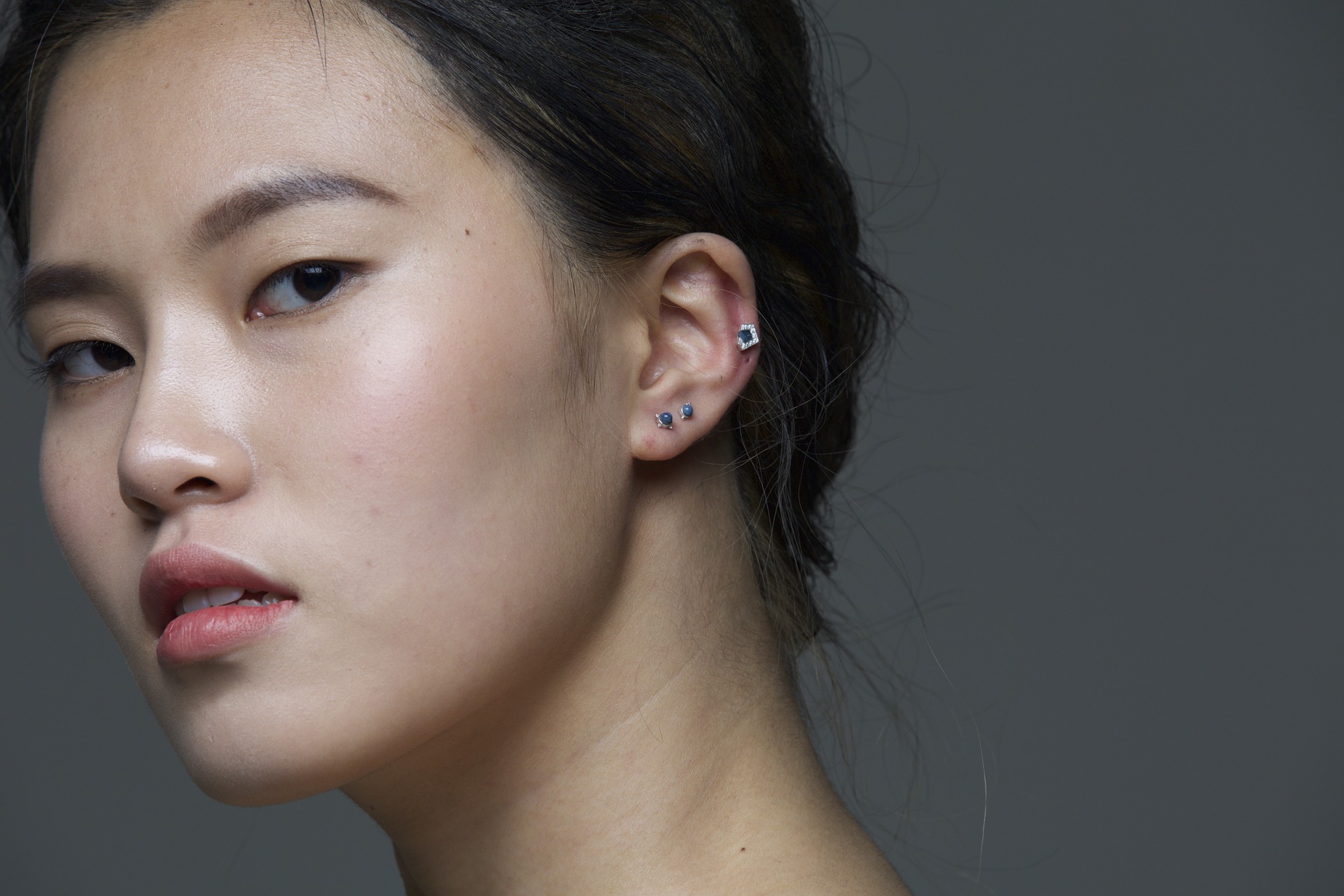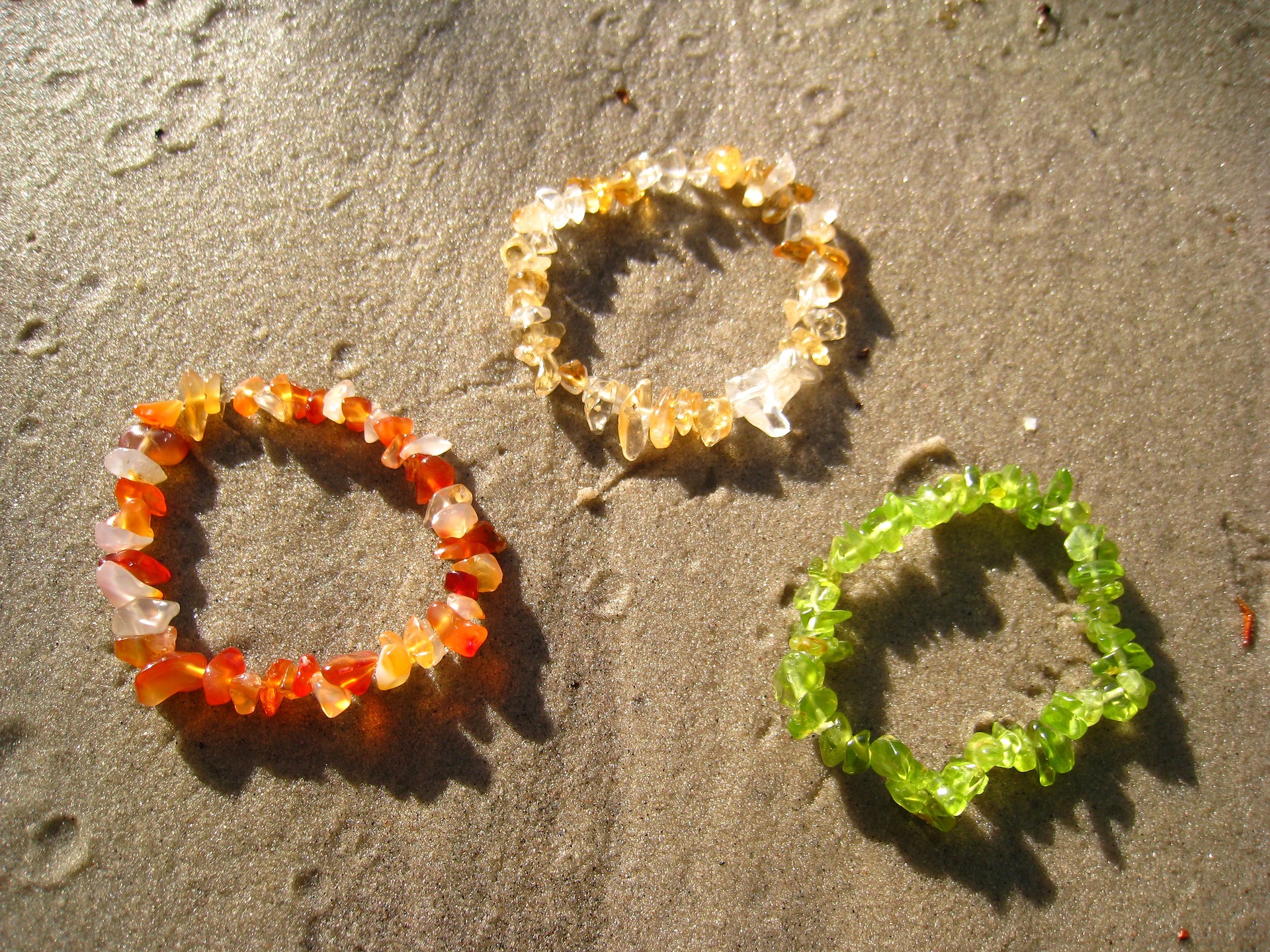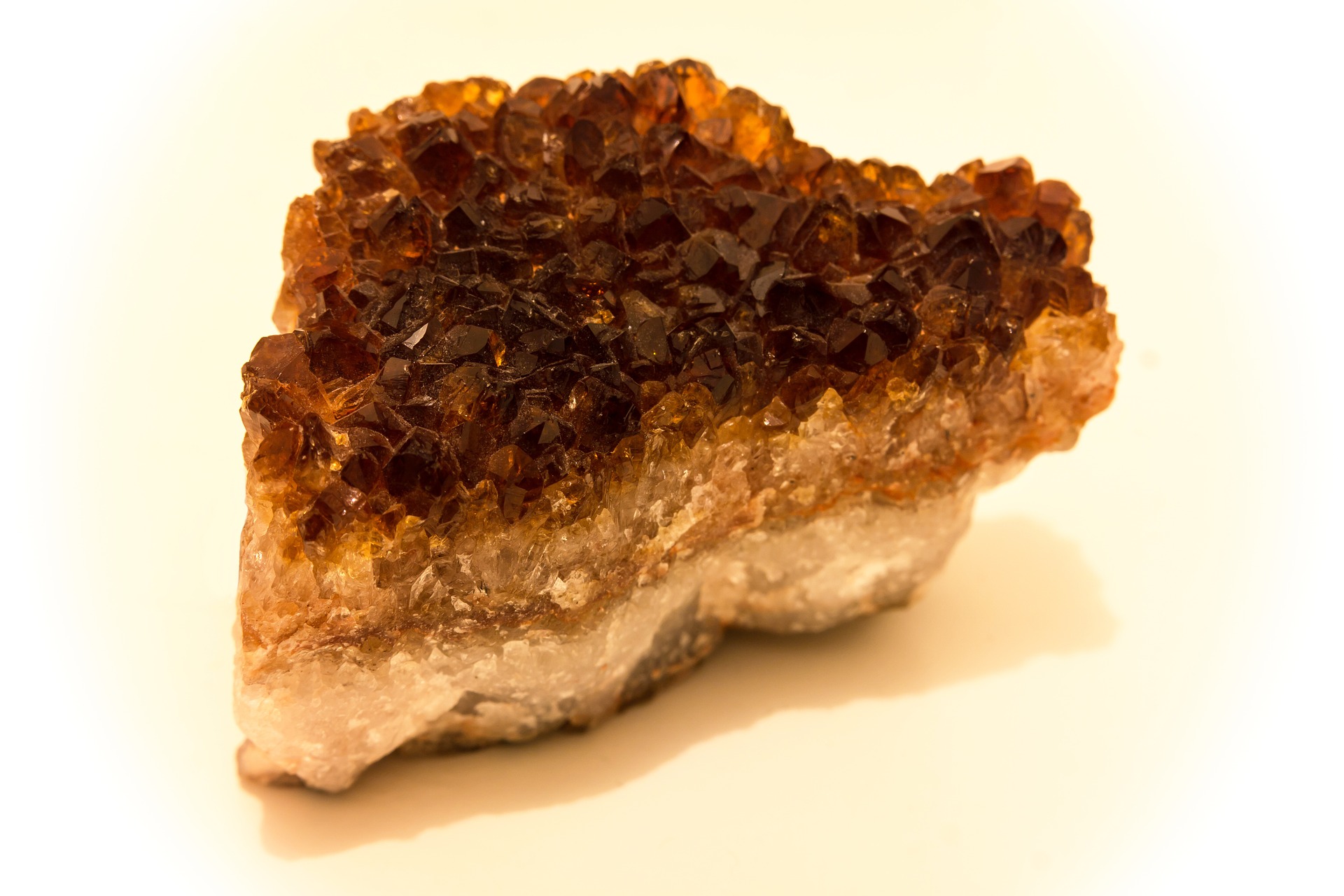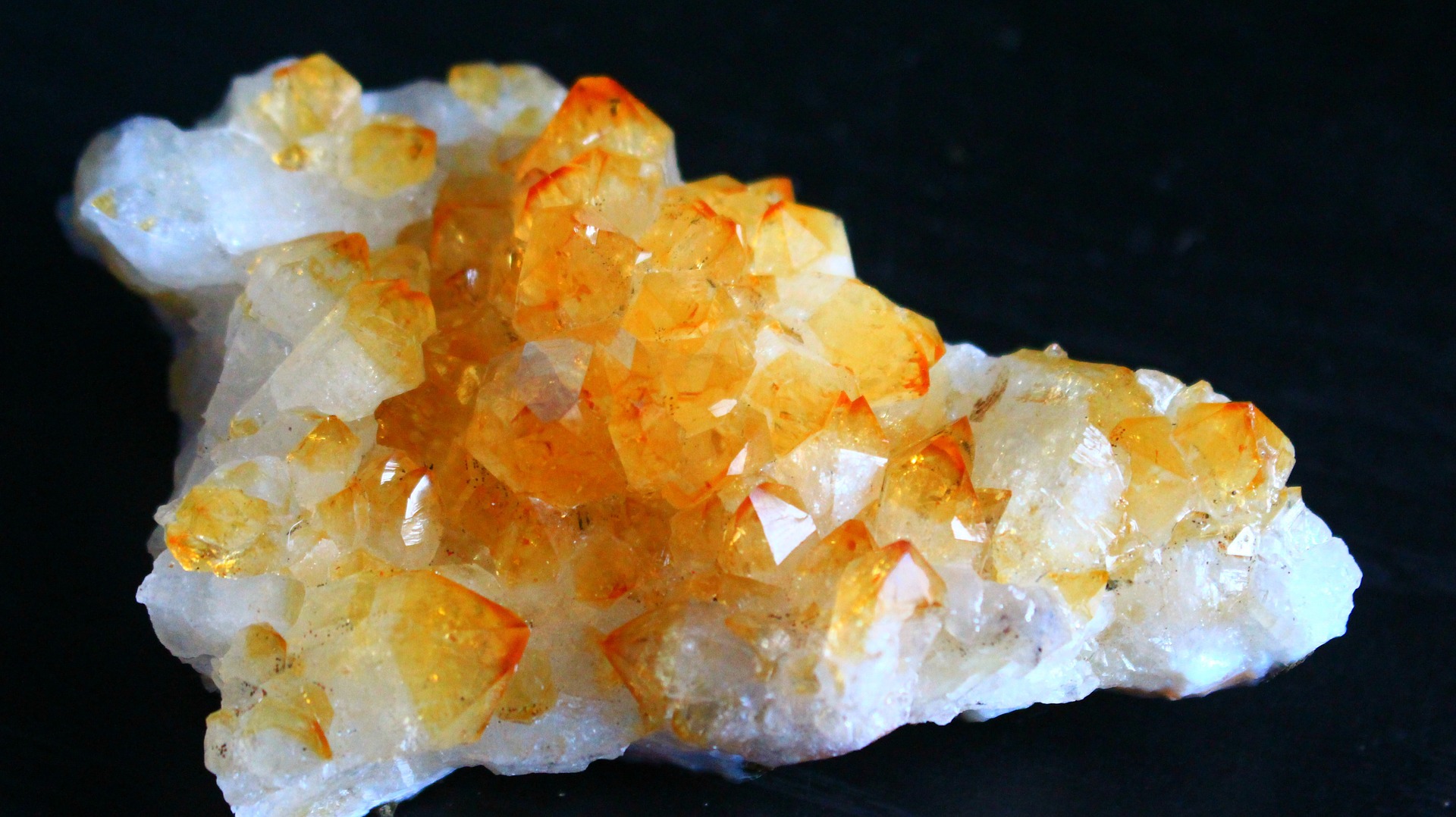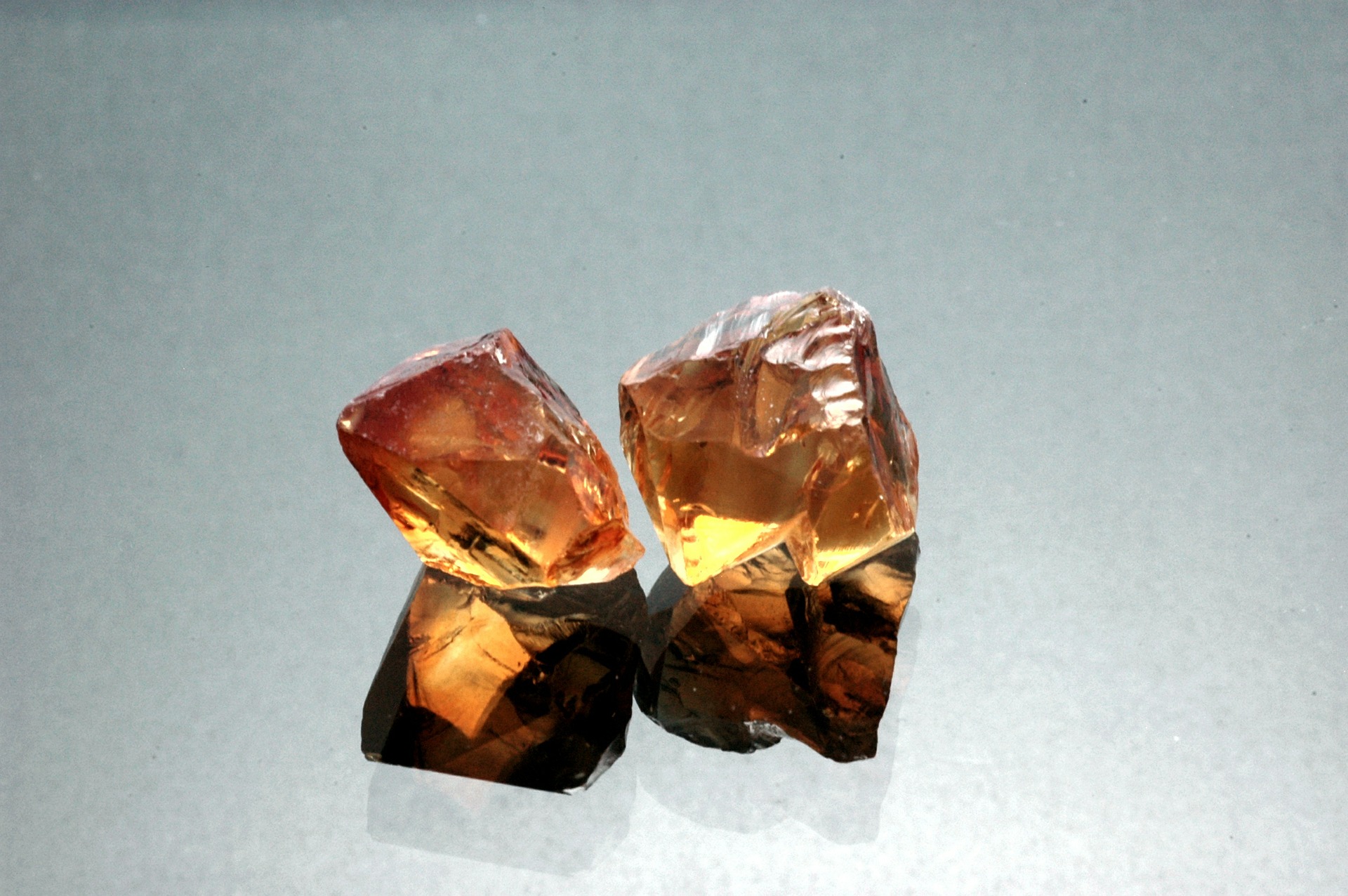A hole in an earring that starts to smell after healing is quite common in the piercing world. Bacteria can also infect healed ears, especially if they are dirty. As with other infections, ear-piercing infections can spread to other parts of the body, potentially becoming very serious.
If an ear piercing smells, then it likely is filled with bacteria. Piercings tend to accumulate dead skin cells and sebum, and these attract bacteria which produce an undesirable smell. Soap and water can usually be used to remedy the issue. In severe cases, medical treatment may be needed.
Despite the extreme care you take with all your ear piercings and your dedication to your cleansing and twisting rituals, your piercing can get infected.
your ears and every other area of your face are exposed to sweat, weather, makeup, hairspray, and so on. Even if you don’t have a piercing, it’s important to clean your ears regularly. That’s why you should always remove or change your earrings, as well as clean your ears periodically. It may be helpful to clean the ears and earmolds with rubbing alcohol or ear piercing solution. Don’t wear them all the time, especially when you sleep, make sure you allow the holes in your earrings to breathe, especially when you sleep, as bacteria are more likely to build up when the ear is pressed against other parts of the skin and the bed.
Clean the Piercing Regularly
You should regularly clean the opening of the earring and jewelry to get rid of bacteria from sebum and dead cells. If the earring hole is not cleaned properly, the sebum mixes with the dead cells that form as a result of the skin being pierced, creating an unpleasant odor. When the sebum itself comes into contact with dead skin cells along with bacteria, a smelly ear piercing is achieved. This nasty term comes from the fact that the accumulation of dead skin cells and sebum, or natural body fat, can smell a bit like rotten cheese.
Your earrings smell of bacterial buildup, dead skin cells, oils, sweat and food. Your sebaceous glands will always produce sebum and your skin will always have dead cells, but that doesn’t mean you should always sniff earrings. The truth is that earrings smell, whether they were recently pierced or later. If you sweat a lot, exercise with your earrings inside, don’t wash your earrings regularly, and/or wear the back of your earrings very close to your ear, you’re more likely to smell.
If the back of your ears smells bad, but doesn’t quite smell like white cheddar popcorn like mine, it’s probably because of your body chemistry. When you rub your finger behind your ear and sniff it, you can smell it distinctly. The covering of the ear, together with the folds and grooves behind it, makes it easy to hide and accumulate all these substances and their odors.
Bacteria Can Accumulate on Piercings
The substance can build up along the hairline and behind the ears, causing bad breath. Sometimes poor hygiene can lead to bad smells there, but even a mild infection is a common cause. Seborrheic dermatitis can be painful at times, which can lead people to avoid thorough cleaning behind the ear.
The infection can be aggressive, spreading deep into the ear and even into the bones. It can also cause permanent damage to the pierced ear skin over time. People should see a doctor if the infection is in the ear cartilage.
Pus, dead skin, and other discharge caused by infection can stick to the pins and back of the earrings. The back of the ear can trap leftover skin and hair care products. Because our earrings coat this area of skin when we shower, it becomes the perfect breeding ground for mixing and smelling dead skin cells and other nasty ear ingredients.
Newly pierced people will find that their ears are the perfect breeding ground for ear cheese, as this area responds to a fresh wound by increasing the reproduction rate of skin cells. Finding the right treatment and paying more attention to the area behind the ear can often help eliminate odors behind the ear. You can expect this smell if you don’t clean your piercing, especially if it’s new.
How to React to the Piercing Smell
If it’s just the smell, you can clean the earring with mild soap and water and you’re good to go. You can get rid of the smell by removing the earring; Gently clean the jewelry and piercing area and allow your ear to rest for a while. If you want to get rid of the crap, a simple yet effective solution is to simply clean the area around the piercing regularly, including removing the back of the earring and cleaning the skin.
If the odor is accompanied by discharge from the piercing site, you may have to live with it. The unpleasant smell from the piercing can also release green or yellow pus, which is a sign of infection. While an unpleasant smell from your piercing can be a sign of infection, it could just be a sign that your piercing isn’t clean enough.
If you’re nodding your head in appreciation because you’ve noticed that your earrings don’t smell very good (and a little cheese, TBH), be aware that the piercing can harbor bacteria. Along with the smell, if your piercing is suddenly itchy, you probably have an allergy or sensitivity to the material of the earrings.
If you notice a gray or black patch around the earring hole on the outside instead of the inside, it could still be a sign of an inexpensive earring or piercing. Large or dangling earrings will stretch the earlobe over time and can disfigure it. One of the main reasons a piercing smells bad is that it takes a long time to accumulate dead skin cells and other components.



